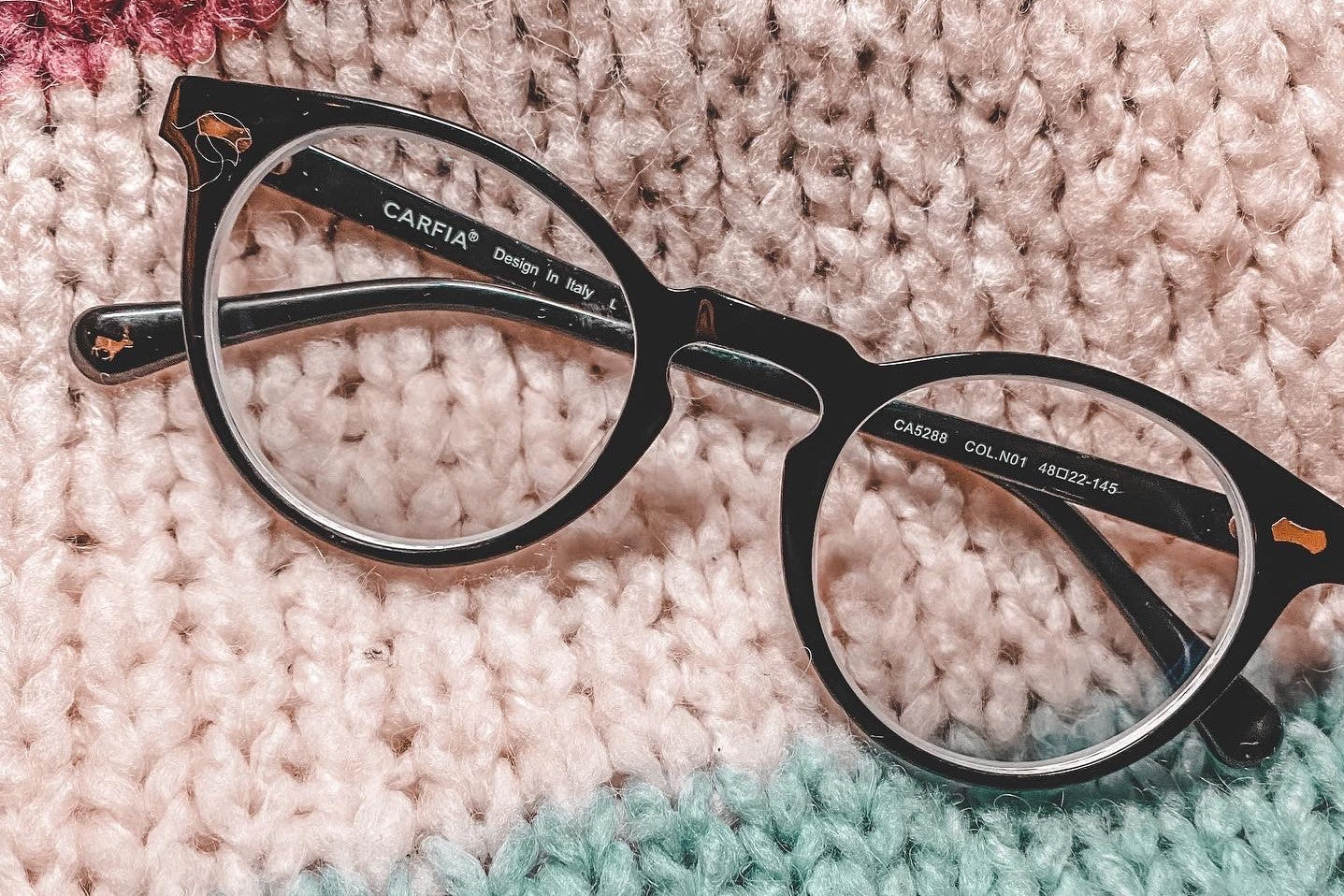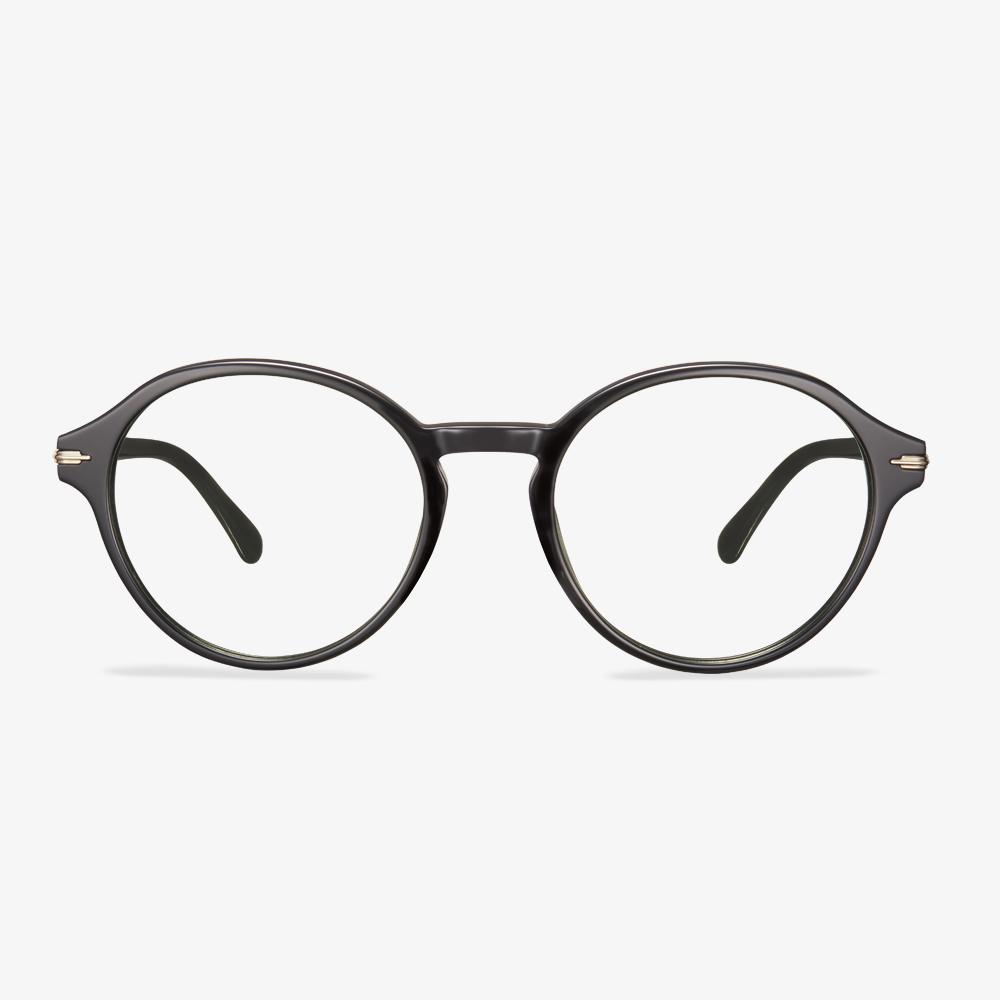Which Reading Glasses Are Most Suitable for Me?
If you have never previously required prescription glasses to improve your vision such as nearsightedness or farsightedness or astigmatism, it is highly like that you can correct your vision with non-prescription reading glasses.
People around the age of 40 to will benefit from the low power reading glasses because of the progressive nature of presbyopia. In other words, you do not need prescription glasses to correct your vision.
However, if you are around the age of 60 or older, the strength of the reading glasses will increase. However, you do not need prescription glasses.
Progressive lenses and single vision lenses
Single vision lenses are the most commonly used prescription lenses. This lens type has a single field of view or a prescription ability of the entire lens and can be used to correct myopia (nearsightedness) or hyperopia (supervision).
Progressive multifocal lenses are lenses with different upper and lower powers for the upper part to see far, and the lower part to see near. The distance from the fixed power above the lens to the fixed power below the lens does not change suddenly, but there is a gradual transition between the two through the gradual change in refractive power.
Costco Optical
Costco Optical is staffed by highly trained opticians and is well known in the Optical industry. The Optics division also stocks a wide variety of contact lenses, brand name frames, and sunglasses, and provides the latest high-definition lens technology. Costco now accepts most vision plans.
Step-by-Step Glasses Size Guide
In this section, we will show you how to perform glasses measurements. But the first thing is to know what face shape you have. If you do not know, click here to have a check.
Then you need to know where to find the size measurement of your glasses. In general, you will find numbers that look like this 51-17-145 at the temples of your eyeglasses. Of course, these numbers come at different meanings.
The first number often refers to the lens width. Lens width is the horizontal diameter of the lens at its widest point. In optometry, another term is eye size.
The second number often means the bridge width. Bridge width is the part that joins the two lenses and sits over the nose. Some refer to this as the gap. The bridge width varies between 14 and 24 millimeters.
The third number often means the temple length. The temple is the arm that keeps the sunglasses on your face. That arm extends to the part that hangs on the ears. The length is usually 135, 140, or 145 millimeters.
Lens height measures the size of the lens vertically, that is from the top to the bottom of the lens. Although sizes may differ depending on the brand, the standard size is somewhere between 32 and 38 millimeters.
Study On the Night Driving Glasses
Researchers at Harvard's Schepens Eye Research Institute recently conducted a study to find out if wearing night driving glasses while driving at night is good for vision. All 22 participants drove under four conditions that simulated night driving, wearing either yellow night driving glasses or glasses with clear lenses. Each participant drove with or without the headlight glare simulator activated to simulate the effect of oncoming traffic. The study found that wearing glasses while driving at night didn't seem to improve: how well the participants were able to recognize pedestrians at night and negative effects of headlight glare on pedestrian detection. Our data suggest that wearing yellow lenses while driving at night does not improve performance at the most critical task: pedestrian detection, the study's authors said. A small 2019 study showed that night driving glasses can actually slow down visual reflection by a fraction of a second, making night vision worse.
Use them in exchange for a new pair.
A trade-in would be an excellent option. The old eyeglasses can be recycled by taking them to the optical shop, which is a low carbon and environmentally friendly.
Difference Between Driving Glasses And Night Vision Goggles
The use of driving glasses and night vision glasses is different. When sunlight is projected on the road or water, it directly stimulates the eyes, making them feel dizzy, tired, and unable to see for a long time. Especially when you are driving a car, doing outdoor entertainment activities, it will not only affect our work and entertainment mood, and even affect our judgment of the image and cause danger. The polarized driving glasses can be used during driving, fishing, skiing, rain, etc. when there is a strong reflection of strong light. Night vision goggles are usually used at night and have great applications in transportation, the military, and other fields. A large amount of night vision equipment has been used as a winning strategy to dominate night combat. Combining night vision technology with weapons and equipment will greatly improve the effectiveness of weapons and equipment in getting information, conducting strikes, commanding troops, and coordinating operations at night and in bad weather.











































